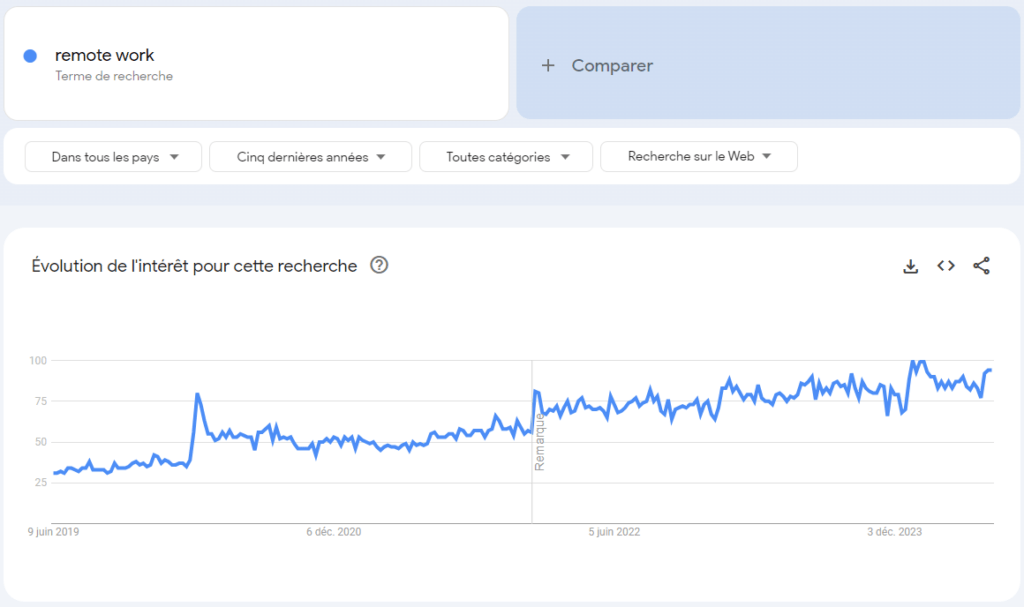Meeting Transcription: Enhancing Remote & Hybrid Work Success

Introduction
The global workforce has witnessed a significant shift in recent years, with remote and hybrid work environments becoming increasingly popular. This transformation has been driven by technological advancements, the pursuit of work-life balance, and the need for businesses to adapt to unforeseen circumstances, such as the COVID-19 pandemic. As a result, effective communication and collaboration among team members, regardless of their location, have become paramount to the success of any organization.

One essential tool that has emerged to facilitate communication and collaboration in remote and hybrid work settings is transcription services. Accurate transcriptions of meetings, conference calls, and video presentations can help bridge the gap between team members, ensuring that everyone has access to the same information and can contribute to the decision-making process. In this article, we will explore the importance of transcription in remote and hybrid work environments and discuss the key benefits it offers.
1. Enhancing Accessibility and Inclusion
Transcription services play a crucial role in promoting accessibility and inclusion in the workplace, particularly for remote and hybrid teams. By providing accurate transcriptions of meetings and other audio or video content, organizations can ensure that team members with hearing impairments, language barriers, or other disabilities have equal access to information and can fully participate in discussions.
Moreover, transcriptions can be helpful for team members who are unable to attend a meeting or conference call due to scheduling conflicts or other commitments. By sharing the transcript with these individuals, they can stay informed and provide input, even if they couldn’t be present for the live event.
2. Improving Information Retention and Comprehension
Research has shown that people tend to retain and understand information better when they can both hear and read it. In a remote or hybrid work setting, where team members may be dealing with distractions or technical issues, having a written transcript of a meeting or presentation can be invaluable for ensuring that everyone fully grasps the concepts and ideas being discussed.
Transcriptions can also serve as a useful reference tool, allowing team members to quickly and easily review key points, action items, or decisions without having to sift through lengthy audio or video recordings. This can be particularly helpful for teams that are working on complex projects or initiatives, where keeping track of details and progress is essential.
3. Facilitating Collaboration and Decision-Making
Effective collaboration and decision-making are essential to the success of any organization, and this is especially true in remote and hybrid work environments, where team members may be working across different time zones, cultures, and languages. Transcription services can help facilitate collaboration and decision-making by providing a clear, accurate, and easily-shareable record of discussions and ideas.
For example, team members can use transcripts to annotate, highlight, or comment on specific points, fostering a more engaged and interactive dialogue. Additionally, having a written record of decisions and action items can help ensure that everyone is on the same page and that follow-through and accountability are maintained.
4. Supporting Documentation and Compliance
In many industries, maintaining accurate records of meetings, conference calls, and other audio or video content is not only a best practice but also a regulatory or legal requirement. Transcription services can help organizations meet these documentation and compliance needs by providing a verbatim, time-stamped, and secure record of all relevant communications.
Furthermore, transcripts can be easily integrated with other documentation and project management tools, such as CRM systems, shared drives, or collaboration platforms, ensuring that all information is centralized, organized, and accessible to authorized team members.
5. Enabling Flexibility and Scalability
As businesses continue to evolve and adapt to new challenges and opportunities, the ability to quickly and easily scale operations, teams, and resources is more important than ever. Transcription services can help organizations achieve this flexibility and scalability by providing a cost-effective, on-demand solution for managing and sharing audio and video content.
For instance, companies can use transcription services to support temporary or seasonal increases in project volume, onboard new team members, or expand into new markets or regions. Additionally, many transcription service providers offer customizable plans and features, allowing organizations to tailor their transcription needs to their specific budget, team size, or industry requirements.
6. Choosing the Right Transcription Service
To fully realize the benefits of transcription in remote and hybrid work environments, it’s essential to choose a transcription service that meets the unique needs of your organization. Here are some key factors to consider when evaluating potential transcription service providers:
- Accuracy: The accuracy of the transcriptions is crucial for ensuring effective communication and collaboration among team members. Look for a service provider that offers a high accuracy rate, ideally 95% or above, and uses advanced speech recognition and natural language processing technologies.
- Language Support: If your organization operates in multiple languages or has team members with diverse linguistic backgrounds, it’s important to choose a transcription service that can accurately transcribe and translate a wide range of languages.
- Integration: To streamline workflows and maximize efficiency, it’s helpful to choose a transcription service that can easily integrate with your existing communication, collaboration, and project management tools, such as Zoom, Slack, or Teams.
- Security and Compliance: The confidentiality and security of your organization’s information are paramount. Ensure that the transcription service provider adheres to strict data protection policies and is compliant with relevant industry or regulatory requirements, such as GDPR, HIPAA, or PCI-DSS.
- Customer Support: A responsive and knowledgeable customer support team can be invaluable for addressing any questions, concerns, or technical issues that may arise. Look for a transcription service provider that offers multiple channels of support, such as email, phone, or live chat, and has a reputation for excellent customer service.
Conclusion
In today’s increasingly remote and hybrid work landscape, the ability to effectively communicate and collaborate with team members, regardless of their location, is more important than ever. Transcription services have emerged as a powerful and versatile tool for bridging the gap between remote and in-office team members, ensuring that everyone has access to the same information and can fully participate in the decision-making process.
By enhancing accessibility and inclusion, improving information retention and comprehension, facilitating collaboration and decision-making, supporting documentation and compliance, and enabling flexibility and scalability, transcription services can help organizations of all sizes and industries thrive in the new world of work. To fully realize the benefits of transcription in remote and hybrid work environments, it’s essential to choose a transcription service that meets the unique needs of your organization, considering factors such as accuracy, language support, integration, security and compliance, and customer support.
With the right transcription service in place, your organization can unlock the full potential of your remote and hybrid teams, fostering a more connected, engaged, and productive workforce that is ready to tackle the challenges and opportunities of the future.




